Home>Furniture & Design>Interior Design Trends>How Thick Is Picture Frame Glass
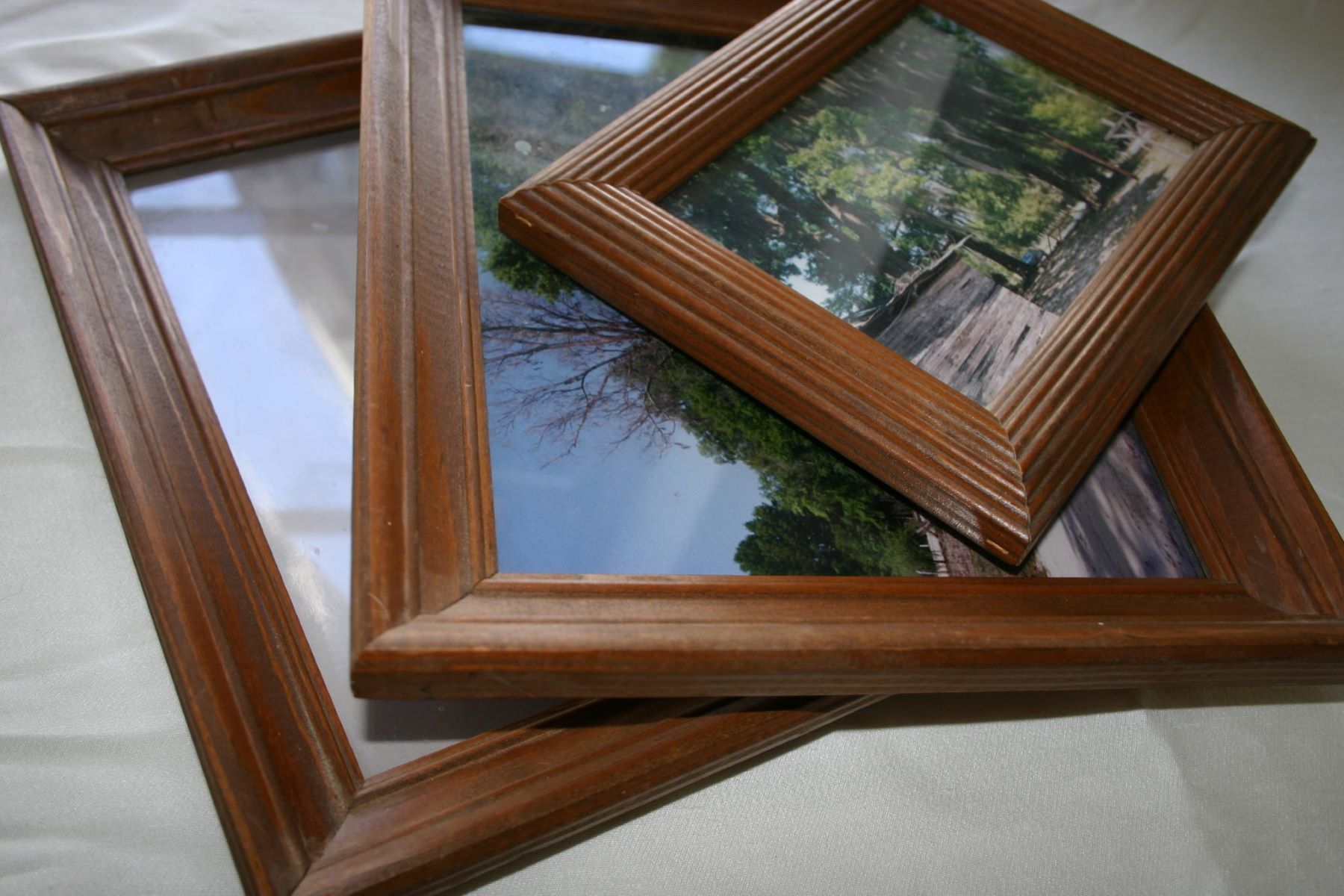

Interior Design Trends
How Thick Is Picture Frame Glass
Modified: October 19, 2024
Discover the latest interior design trends and learn about the ideal thickness of picture frame glass to elevate your home decor. Explore our expert tips now!
(Many of the links in this article redirect to a specific reviewed product. Your purchase of these products through affiliate links helps to generate commission for Storables.com, at no extra cost. Learn more)
Introduction
When it comes to framing artwork, photographs, or cherished mementos, the type and thickness of the glass used can significantly impact the overall aesthetic and protection of the piece. The thickness of picture frame glass is a crucial consideration that influences both the visual appeal and the level of safeguarding provided to the contents within the frame.
The thickness of picture frame glass is a critical factor in determining the overall durability and protective capabilities of the frame. It plays a pivotal role in shielding the contents from potential damage caused by environmental factors, such as dust, moisture, and physical impact. Additionally, the thickness of the glass contributes to the overall visual presentation of the framed item, influencing its appearance and perceived quality.
Understanding the various aspects related to picture frame glass thickness is essential for individuals seeking to preserve and showcase their artwork or photographs effectively. From standard thickness measurements to the factors that influence the choice of glass thickness, there are several key considerations to explore. By delving into these aspects, one can gain valuable insights into the significance of glass thickness in the context of picture framing.
The following sections will delve into the standard thickness of picture frame glass, the factors that influence glass thickness selection, and the importance of choosing the right thickness for your specific framing needs. By exploring these facets, individuals can make informed decisions when it comes to selecting the most suitable glass thickness for their picture frames, ensuring both optimal protection and visual appeal for their cherished items.
Key Takeaways:
- Choose thicker glass (3mm) for valuable or delicate items, and standard thickness (2mm) for regular framing. Consider size, display environment, and visual clarity when selecting glass thickness.
- Custom framing may require glass thickness between 2.5mm to 4mm. Balance protection and visual appeal based on item fragility, display environment, and aesthetic preferences.
Read more: How To Clean Picture Frame Glass
Standard Thickness of Picture Frame Glass
The standard thickness of picture frame glass typically ranges from 2mm to 3mm, with 2mm being the most common choice for regular framing purposes. This standard thickness provides adequate protection for the contents within the frame while maintaining a sleek and unobtrusive appearance. The 2mm glass is suitable for most framing applications, including artwork, photographs, and documents, offering a balance between protection and visual clarity.
In certain cases where enhanced protection is desired, such as for valuable or delicate items, a thicker glass option may be preferred. Picture frame glass with a thickness of 3mm provides an additional layer of safeguarding, offering increased durability and resilience against potential damage. This thicker glass is particularly beneficial for framing valuable artwork or irreplaceable photographs, where an extra level of protection is essential.
It's important to note that the standard thickness of picture frame glass may vary based on regional preferences and framing industry standards. In some instances, framers may offer custom thickness options to cater to specific preferences or specialized framing requirements. These custom thicknesses can range from 2.5mm to 4mm, providing a tailored approach to addressing unique framing needs.
When selecting the appropriate thickness for picture frame glass, it's essential to consider the specific characteristics of the items being framed, as well as the intended display environment. Factors such as the fragility of the contents, the potential for exposure to physical impact, and the overall aesthetic goals play a crucial role in determining the most suitable glass thickness for a given framing project.
By understanding the standard thickness options available and their respective benefits, individuals can make informed decisions when it comes to selecting the most appropriate glass thickness for their picture frames. This knowledge empowers individuals to effectively balance the protective qualities of the glass with the desired visual presentation, ensuring that their framed items are both secure and visually impactful.
In summary, the standard thickness of picture frame glass typically ranges from 2mm to 3mm, with 2mm being the most commonly used option for regular framing purposes. However, the choice of glass thickness may vary based on specific framing requirements and the nature of the items being framed, ultimately influencing the level of protection and visual appeal provided by the frame.
Factors Affecting Glass Thickness
Several factors influence the selection of glass thickness for picture frames, each playing a crucial role in determining the level of protection and visual presentation provided to the framed contents.
-
Size and Weight of the Framed Item: The dimensions and weight of the item being framed are significant determinants of the appropriate glass thickness. Larger and heavier items, such as oversized artwork or substantial objects, may benefit from thicker glass to provide enhanced support and protection against potential damage.
-
Display Environment: The intended display environment, whether it's a controlled indoor setting or an area prone to environmental factors, impacts the choice of glass thickness. Items displayed in high-traffic areas or exposed to potential hazards may require thicker glass to mitigate the risk of damage.
-
Level of Protection Needed: The inherent fragility or value of the framed contents influences the required level of protection. Valuable artwork, delicate photographs, or irreplaceable memorabilia may necessitate thicker glass to ensure comprehensive safeguarding against external threats.
-
Visual Clarity and Distortion: The thickness of the glass can affect the visual clarity of the framed item. Thicker glass may introduce minimal distortion, particularly for larger frames, impacting the overall viewing experience. Balancing the desired visual clarity with the need for protection is essential in determining the optimal glass thickness.
-
Aesthetic Considerations: The desired aesthetic presentation of the framed item plays a role in selecting the glass thickness. Thicker glass may impart a sense of depth and solidity to the frame, influencing the overall visual impact. Conversely, thinner glass offers a sleek and unobtrusive appearance, ideal for minimalist or modern framing styles.
-
Custom Framing Requirements: For specialized framing projects or unique display preferences, custom glass thickness options may be necessary. Custom framing professionals can tailor the glass thickness to accommodate specific requests, ensuring that the framing solution aligns with the client's distinct vision and requirements.
By considering these factors, individuals can make informed decisions regarding the selection of glass thickness for their picture frames. Assessing the interplay between protection, visual presentation, and environmental considerations enables individuals to choose the most suitable glass thickness that effectively preserves and showcases their cherished items.
The thickness of picture frame glass is typically 2mm to 3mm. Thicker glass may be used for larger frames or for added protection.
Choosing the Right Thickness for Your Picture Frame
Selecting the appropriate glass thickness for a picture frame is a pivotal decision that directly impacts both the protection and visual presentation of the framed contents. When determining the right thickness for your picture frame, several key considerations come into play, each influencing the overall framing outcome.
First and foremost, assessing the specific characteristics of the items to be framed is essential. Consider the fragility, value, and dimensions of the contents, as these factors directly inform the level of protection required. Valuable artwork, delicate photographs, or fragile memorabilia may benefit from thicker glass to ensure comprehensive safeguarding against potential damage. Conversely, smaller or less delicate items may be adequately protected with standard glass thickness options.
The intended display environment also plays a crucial role in the thickness selection process. Items displayed in high-traffic areas or environments prone to potential hazards, such as dust or physical impact, may necessitate thicker glass to mitigate the risk of damage. Additionally, the level of environmental control in the display area, such as humidity and temperature regulation, should be taken into account when determining the appropriate glass thickness.
Balancing the need for protection with visual clarity is another vital aspect of choosing the right thickness for picture frame glass. Thicker glass may offer enhanced protection but can introduce minimal distortion, particularly in larger frames, impacting the overall viewing experience. Conversely, thinner glass provides a sleek and unobtrusive appearance, ideal for minimalist or modern framing styles. Considering the desired visual presentation and the potential impact of glass thickness on the viewing experience is crucial in achieving the desired framing outcome.
Furthermore, custom framing requirements and aesthetic considerations contribute to the thickness selection process. For specialized framing projects or unique display preferences, custom glass thickness options may be necessary to align with specific requests. Additionally, the desired aesthetic presentation of the framed item influences the choice of glass thickness, as thicker glass may impart a sense of depth and solidity to the frame, while thinner glass offers a more minimalist and contemporary appearance.
By carefully evaluating these factors, individuals can make informed decisions when choosing the right thickness for their picture frames. Assessing the interplay between protection, visual presentation, and environmental considerations enables individuals to select the most suitable glass thickness that effectively preserves and showcases their cherished items.
Conclusion
In conclusion, the thickness of picture frame glass is a critical element that significantly influences both the protection and visual presentation of framed items. By understanding the standard thickness options, ranging from 2mm to 3mm, individuals can make informed decisions based on the specific characteristics of the items being framed and the intended display environment. The choice of glass thickness is not only about safeguarding the contents within the frame but also about enhancing the overall visual appeal and viewing experience.
Factors such as the size and weight of the framed item, the display environment, the level of protection needed, visual clarity, aesthetic considerations, and custom framing requirements all play a pivotal role in determining the most suitable glass thickness for a picture frame. Balancing these considerations ensures that the framed items are effectively protected while being visually showcased in a manner that aligns with the desired aesthetic presentation.
Ultimately, the selection of the right glass thickness for a picture frame is a personalized decision that takes into account the unique characteristics of the framed items, the display environment, and the visual goals of the framing project. Whether opting for standard thickness options or customizing the glass thickness to meet specific requirements, individuals can achieve an optimal balance between protection and visual impact, ensuring that their cherished items are both secure and visually captivating within the frame.
By delving into the intricacies of glass thickness selection and its multifaceted impact on framing outcomes, individuals can approach the framing process with a deeper understanding of the role that glass thickness plays in preserving and showcasing their valued artwork, photographs, and mementos. This knowledge empowers individuals to make informed decisions that result in picture frames that not only protect their contents but also elevate their visual appeal, creating a compelling and enduring display for years to come.
Frequently Asked Questions about How Thick Is Picture Frame Glass
Was this page helpful?
At Storables.com, we guarantee accurate and reliable information. Our content, validated by Expert Board Contributors, is crafted following stringent Editorial Policies. We're committed to providing you with well-researched, expert-backed insights for all your informational needs.
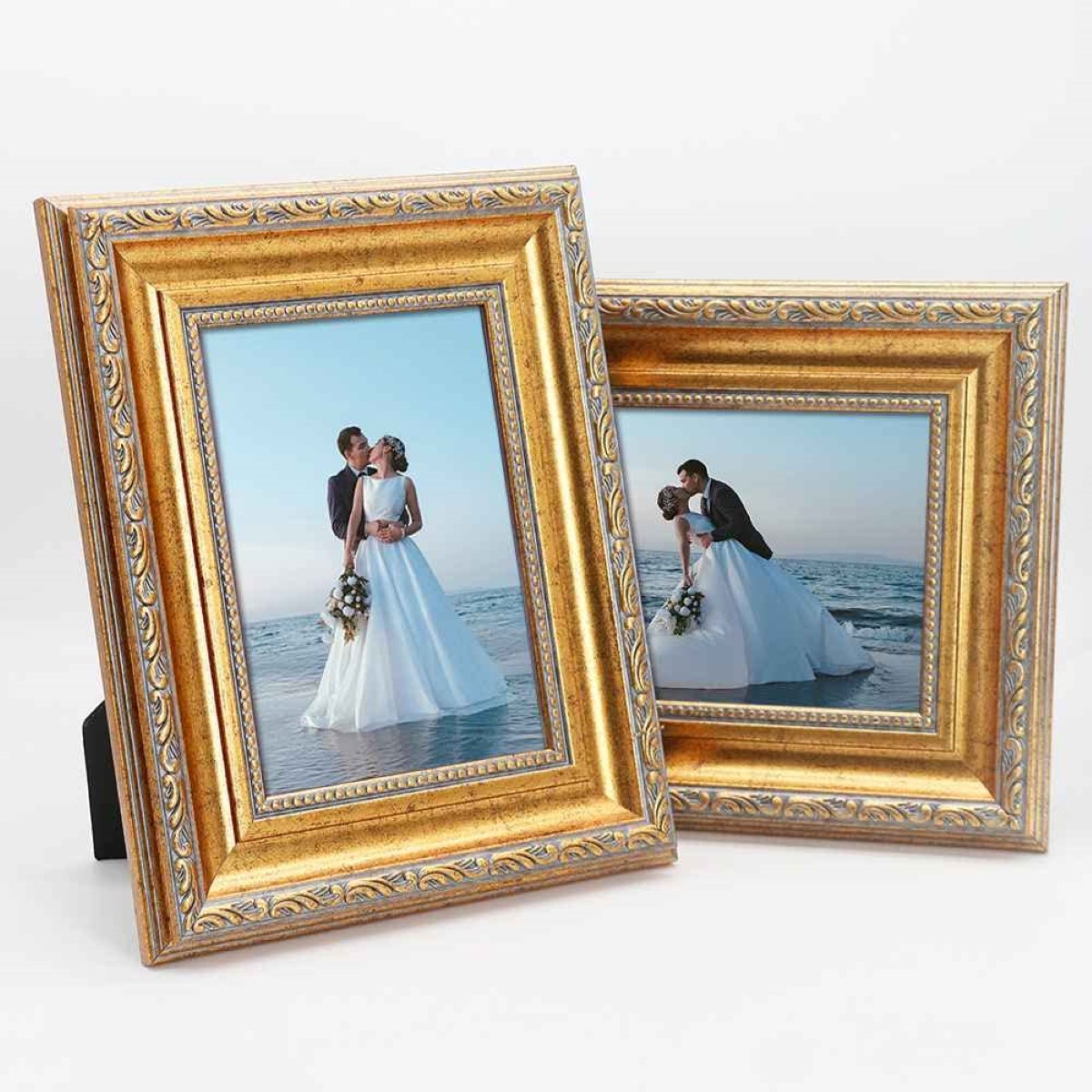

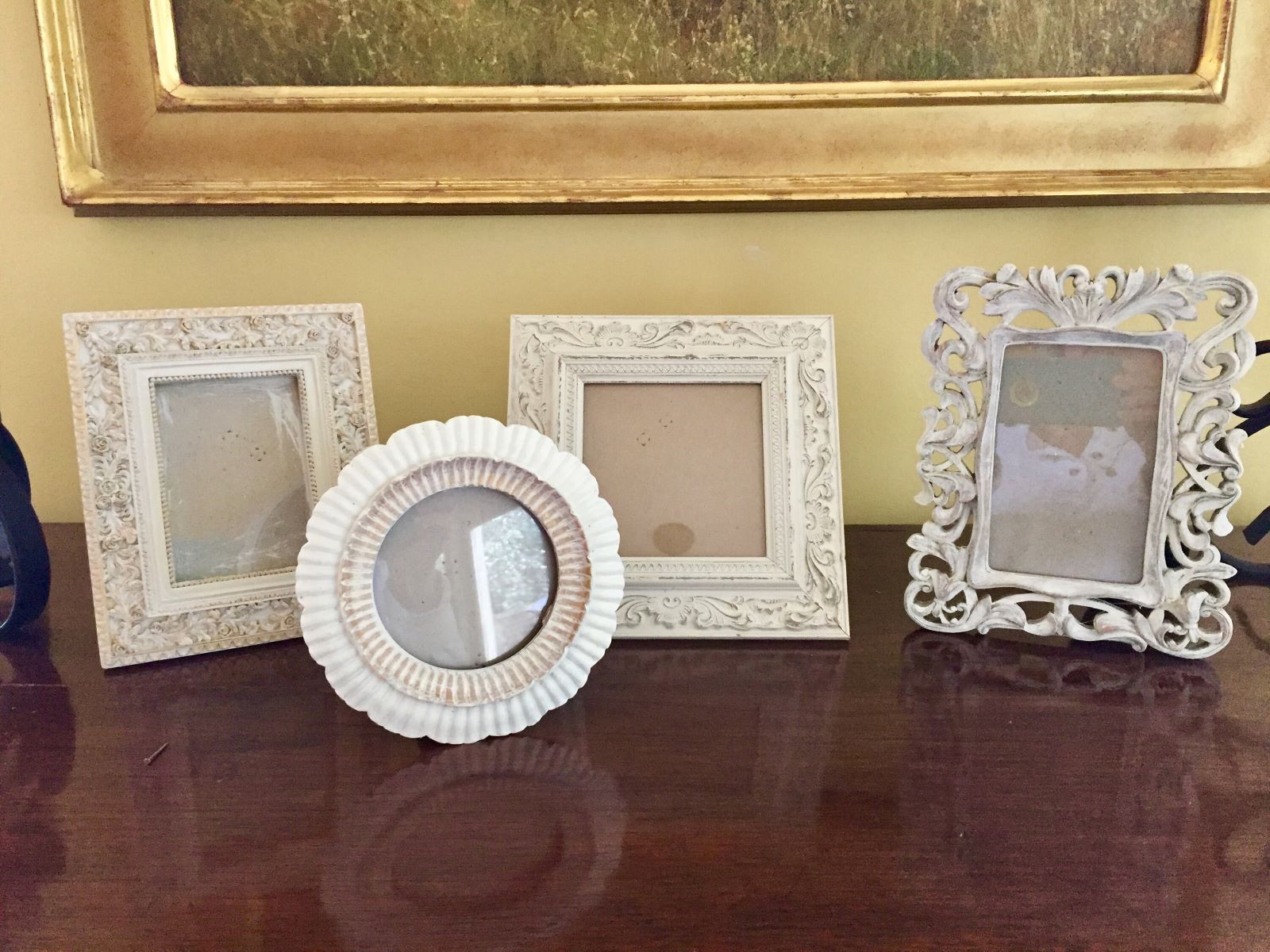
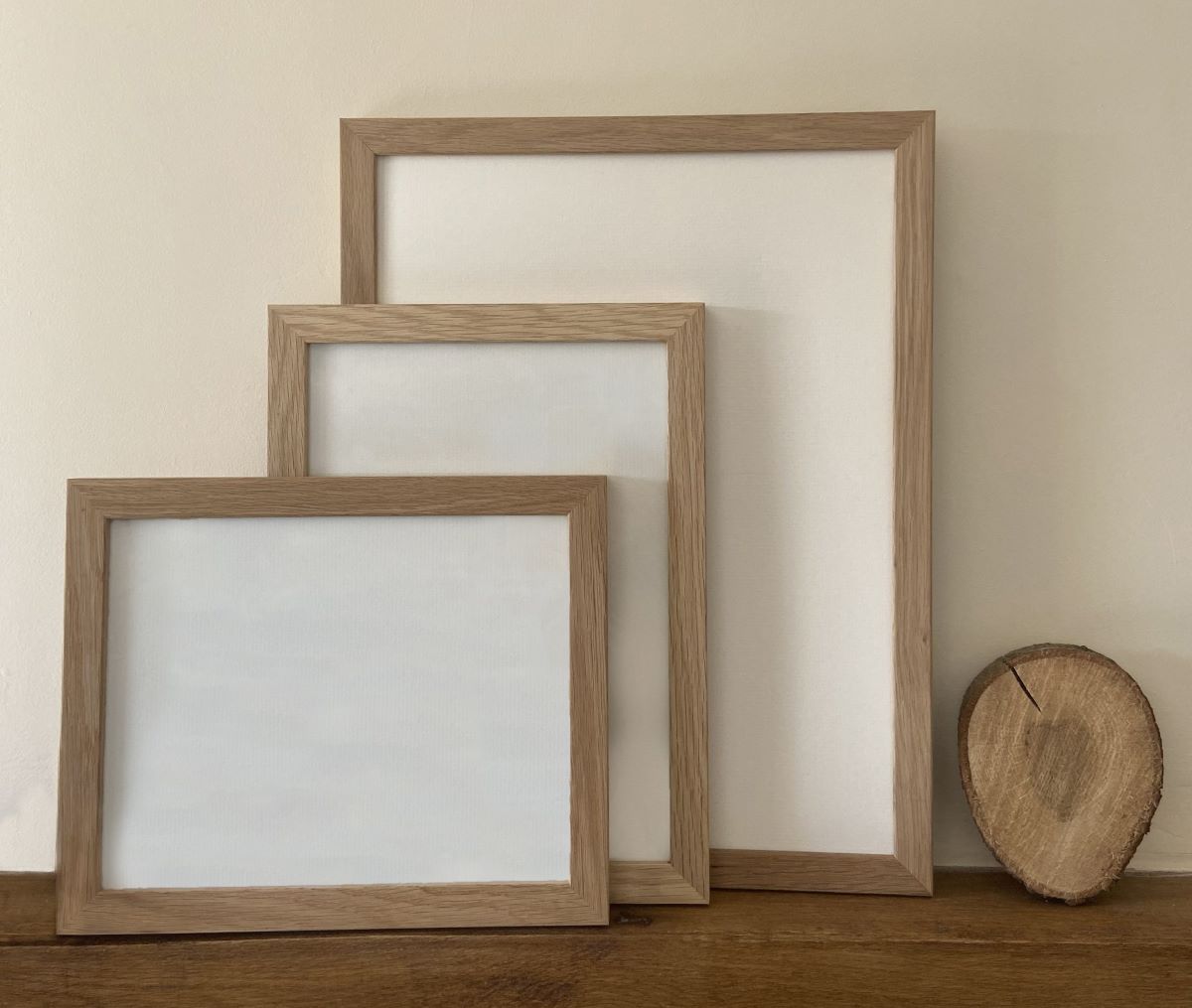









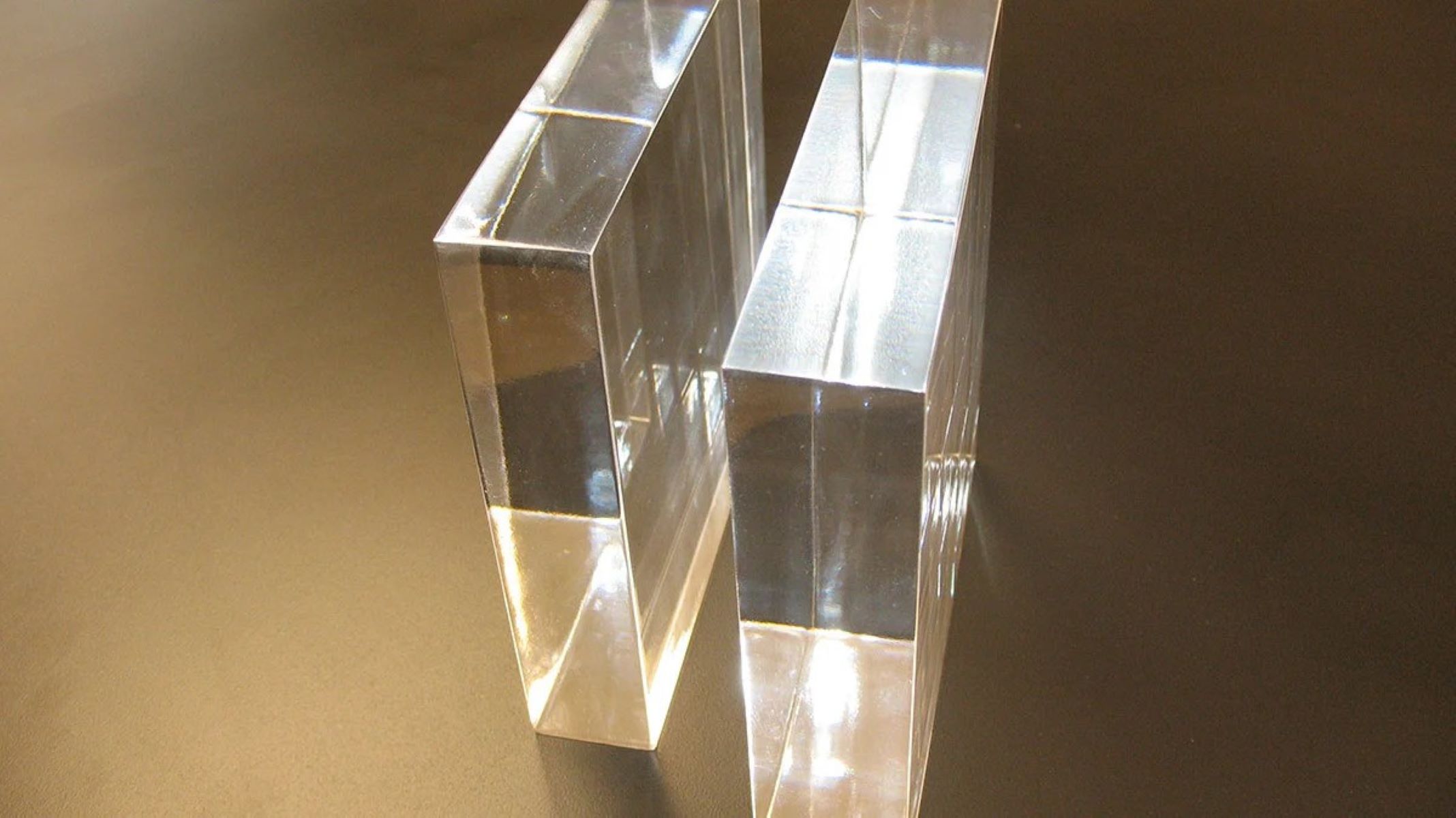


0 thoughts on “How Thick Is Picture Frame Glass”